Frans Hals at Rijksmuseum
AMSTERDAM - Following celebrated solo exhibitions of Vermeer and Rembrandt, in 2024 the Rijksmuseum presents Frans Hals, an exhibition of some 50 of the Dutch master’s greatest paintings, many on loan from top international collections. The exhibition runs from 16 February to 9 June 2024. Frans Hals is regarded as one of the most innovative artists of the 17th century, for his brisk, impressionistic painting style. With unparalleled boldness and talent, he captured the vitality of his subjects – from stately regents to cheerful musicians and children – and made them live and breathe on the canvas.
The Rijksmuseum exhibition provides a landmark moment as Frans Hals’s most celebrated painting, The Laughing Cavalier (1624), returns to the Netherlands for the first time in more than 150 years. It will travel from the Wallace Collection, London, where it has hung since 1870. The portrait’s temporary return to the Netherlands follows the London museum’s historic decision in 2019 to loan out artworks for the first time.
Frans Hals is organised by the Rijksmuseum in partnership with the National Gallery, London, and Gemäldegalerie, Staatliche Museen zu Berlin, and through a special collaboration with the Frans Hals Museum in Haarlem. Works exclusive to the Rijksmuseum exhibition include two paintings loaned by Haarlem’s Frans Hals Museum – The Banquet of the Officers of the St George Militia Company in 1616, which has never previously been loaned out, and The Regentesses of the Old Men's Almshouse, c. 1664 – as well as the c. 1630 work Fisher Boy from a private collection and Laughing Boy (c. 1625) from the Mauritshuis, The Hague.
Visitors to Rijksmuseum’s first ever Frans Hals exhibition will have a chance to have the full Frans Hals experience by visiting the city of Haarlem, where the artist lived, worked and died. A mere 15-minute train journey from Amsterdam, Haarlem is home to the Frans Hals Museum and the St. Bavokerk where Hals was buried.
Frans Hals, Portrait of a Couple, probably Isaac Abrahamsz Massa and Beatrix van der Laen, 1622 © Rijksmuseum, Amsterdam
FIRST MAJOR EXHIBITION IN OVER 30 YEARS
Following monographic exhibitions devoted to Rembrandt (in 2015 and 2019) and Vermeer (in 2023), the Rijksmuseum is now staging its first major exhibition devoted to Frans Hals. This is the first exhibition of his work on such a scale since the 1989-1990 show which visited The Royal Academy of Arts, London, the Frans Hals Museum, Haarlem, and The National Gallery of Art, Washington.
MASTER OF LIFE AND LAUGHTER
Frans Hals (Antwerp 1582/1584 – Haarlem 1666) set himself the goal as a painter of capturing his subjects as the living, breathing, spirited people they were, in the most convincing manner possible. He achieved this by deliberately and courageously developing a unique style that was utterly original in Dutch 17th-century painting. Hals chose to use rapid brushwork to achieve an unprecedented sense of dynamism in his portraits. He is one of very few artists in the history of Western art to have successfully painted people smiling and laughing – most painters shied away from this challenge simply because it is so difficult. The subjects of Hals’s paintings come even more to life in this Rijksmuseum exhibition through explorations of their individual identities and social worlds. Malle Babbe, for example, must have been a familiar figure on the streets of Haarlem, and Pekelharing was probably an actor touring with a British theatre company.
Frans Hals, The Lute Player, ca. 1623. © Musée du Louvre, Paris
VIRTUOSO
Frans Hals’s original style and technique earned him a reputation in his own time as a virtuoso, a status equalled only by the likes of Rembrandt in the Netherlands and Velázquez in Spain. He was an in-demand portraitist among the wealthy citizenry of Haarlem and other cities in the region. Over the course of the 18th century, however, Hals’s work gradually fell into obscurity. It wasn’t until the 19th century that French art critic and journalist Théophile Thoré-Bürger (1807–1869) rediscovered his work, as well as that of Vermeer. Until the 1960s, Frans Hals was regarded as one of the ‘big three’ of 17th-century Dutch painting, alongside Rembrandt and Vermeer. Later, however, interest in the artist waned significantly – reason enough for the Rijksmuseum, The National Gallery, London, and Gemäldegalerie, Berlin, to place him on the highest possible pedestal and to show how truly boundary-breaking he was as an artist.
FORERUNNER OF IMPRESSIONISM
The artist’s expressive, gestural brushwork has always been seen as the most distinctive quality of his art, and he can justifiably be described as the forerunner of Impressionism. Hals’s virtuosic style influenced fellow artists Gustave Courbet, Édouard Manet, James McNeil Whistler, Claude Monet, Max Liebermann, Vincent van Gogh, John Singer Sargent and others. Almost all of them visited Haarlem to admire his portraits of individuals and civil militia groups.
Frans Hals, The Laughing Cavalier, 1624 © The Trustees of the Wallace Collection, London.
LOANED PAINTINGS
Frans Hals presents selected key paintings spanning the artist’s entire oeuvre, which currently comprises some 200 works in all. Exhibits include The Laughing Cavalier (1624, Wallace Collection, London), which is being lent for the first time since 1870; Portrait of Catharina Hooft with her Nurse (c. 1619/20) and Malle Babbe (c. 1640, Gemäldegalerie, Berlin); Family Group in a Landscape (c. 1646, Museo Nacional Thyssen-Bomemisza, Madrid); Fruit and Vegetable Seller (1630, private collection), and The Lute Player (c. 1623, Musée du Louvre, Paris). The Frans Hals Museum in Haarlem is lending four of his militia and regent paintings. Hals' earliest militia painting Banquet of the Officers of the St George Civic Guard (1616, Frans Hals Museum) will leave Haarlem for the first time.
THEMATIC EXHIBITION
London’s National Gallery and the Gemäldegalerie in Berlin will be hosting the Frans Hals exhibition before and after Amsterdam, respectively. In contrast to the London and Berlin shows, which take a chronological approach, the Rijksmuseum exhibition will have a thematic focus. Each of the ten galleries of the Phillips Wing will be devoted to a different aspect of Hals’s work, such as smiles and laughter, family, solo male subjects, small paintings, group portraits and pendant paintings.
CURATION AND EXHIBITION DESIGN
Frans Hals, the exhibition, is curated by the Rijksmuseum’s curators of 17th-century Dutch painting Friso Lammertse and Tamar van Riessen, in partnership with Bart Cornelis at the National Gallery, London. The French architect and designer Jean-Michel Wilmotte designed the exhibition. Graphic design for the exhibition and accompanying publications is by Dutch designer Irma Boom.
16 February – 9 June 2024
Frans Hals, Banquet of the Officiers of the St George Civic Guard, 1616 © Frans Hals Museum, Haarlem
Frans Hals, Portrait of Catharina Hooft with her Nurse, 1619-20 © State Museums in Berlin, Gemäldegalerie.
Frans Hals, The happy drinker [De vrolijke drinker], around 1628–around 1630, oilon canvas, 81 x 66.5 cm © Rijksmuseum, Amsterdam.
Frans Hals, Malle Babbe, 1640 © State Museums in Berlin, Gemäldegalerie.
Frans Hals, Regentesses of the Old Men's Alms House, 1664 © Frans Hals Museum, Haarlem

/https%3A%2F%2Fprofilepics.canalblog.com%2Fprofilepics%2F1%2F0%2F100183.jpg)
/https%3A%2F%2Fstorage.canalblog.com%2F03%2F02%2F119589%2F96711876_o.jpg)
/https%3A%2F%2Fstorage.canalblog.com%2F11%2F31%2F119589%2F94773502_o.jpg)
/https%3A%2F%2Fstorage.canalblog.com%2F20%2F83%2F119589%2F94772815_o.jpg)
/https%3A%2F%2Fstorage.canalblog.com%2F26%2F72%2F119589%2F75604929_o.jpg)
/https%3A%2F%2Fstorage.canalblog.com%2F59%2F60%2F119589%2F26458628_o.jpg)

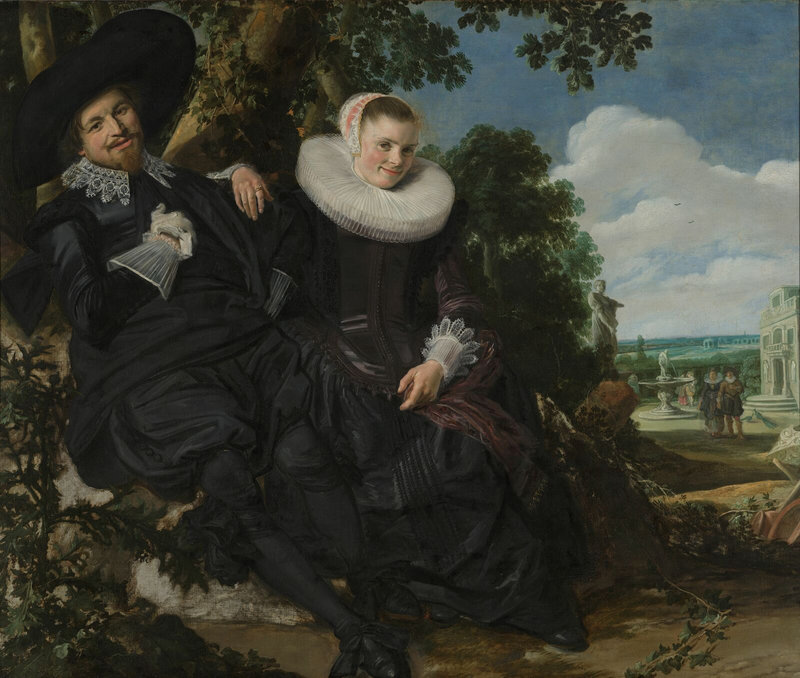
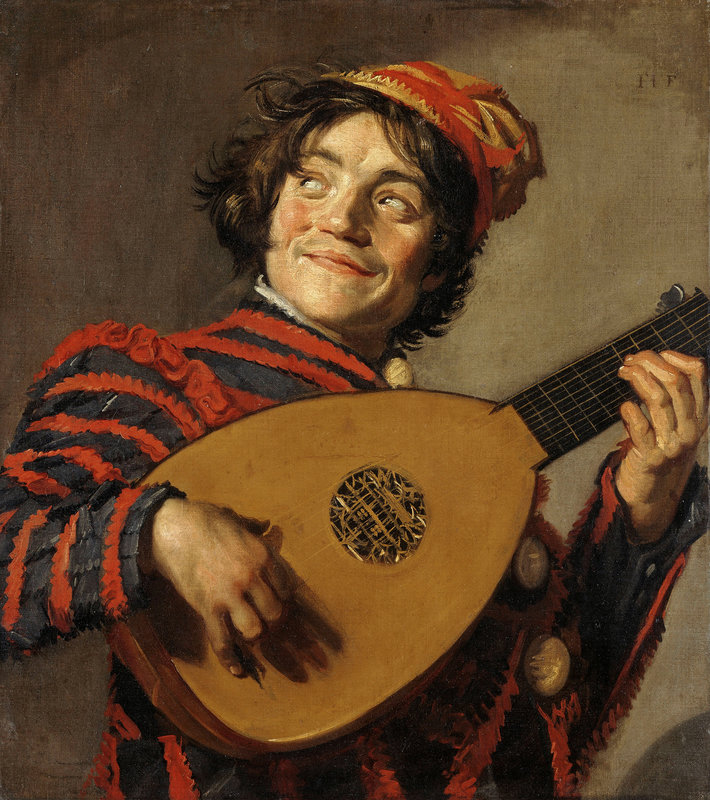
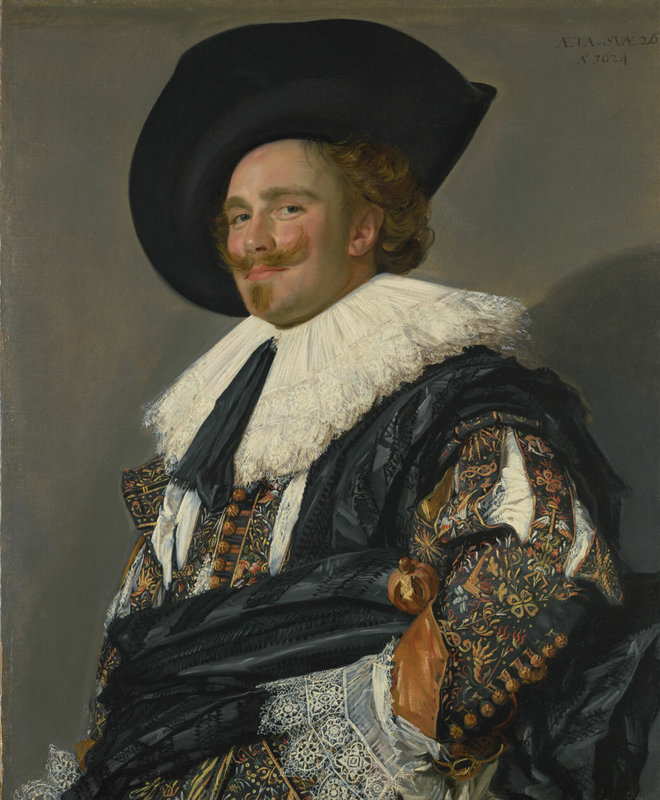
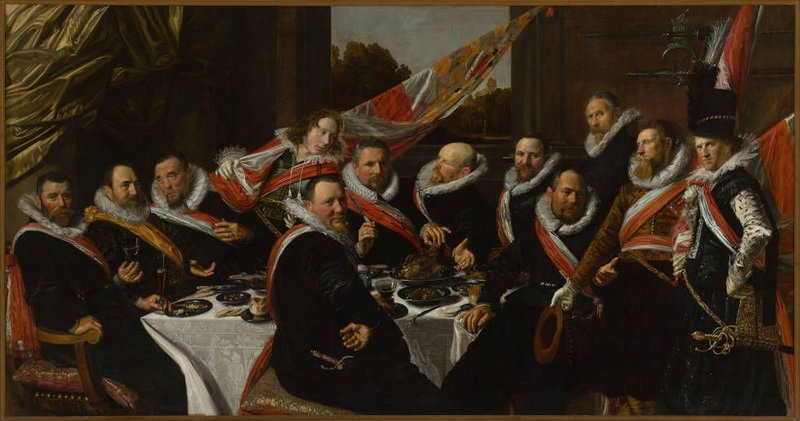
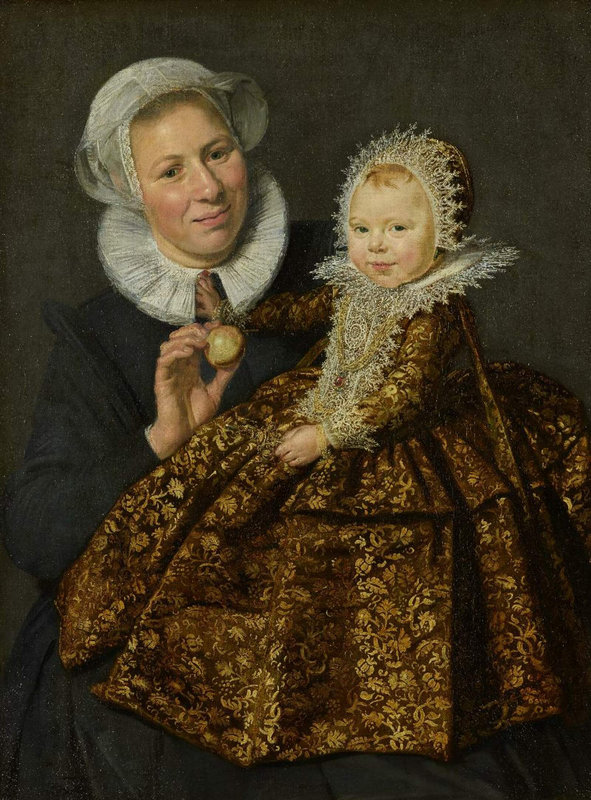


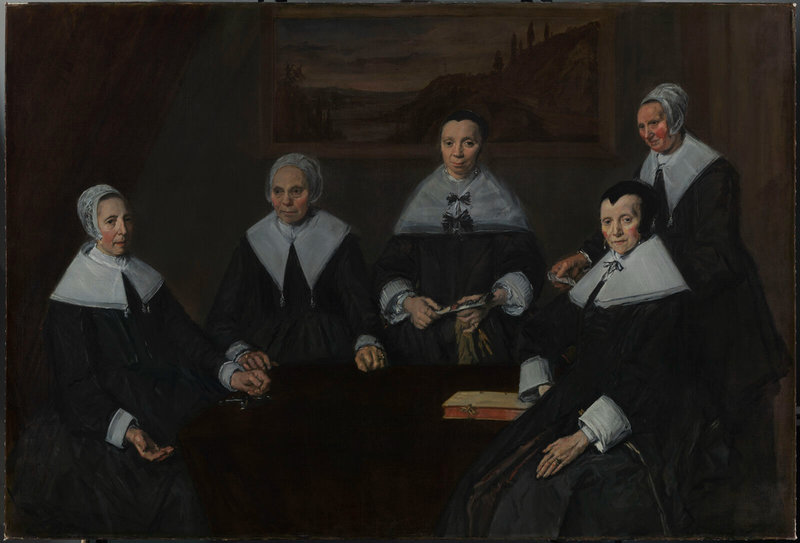


/http%3A%2F%2Fstorage.canalblog.com%2F42%2F89%2F119589%2F129853759_o.jpg)
/http%3A%2F%2Fstorage.canalblog.com%2F19%2F23%2F119589%2F128179837_o.jpg)
/http%3A%2F%2Fstorage.canalblog.com%2F73%2F87%2F119589%2F127665682_o.jpg)
/http%3A%2F%2Fstorage.canalblog.com%2F69%2F50%2F119589%2F127191908_o.jpg)